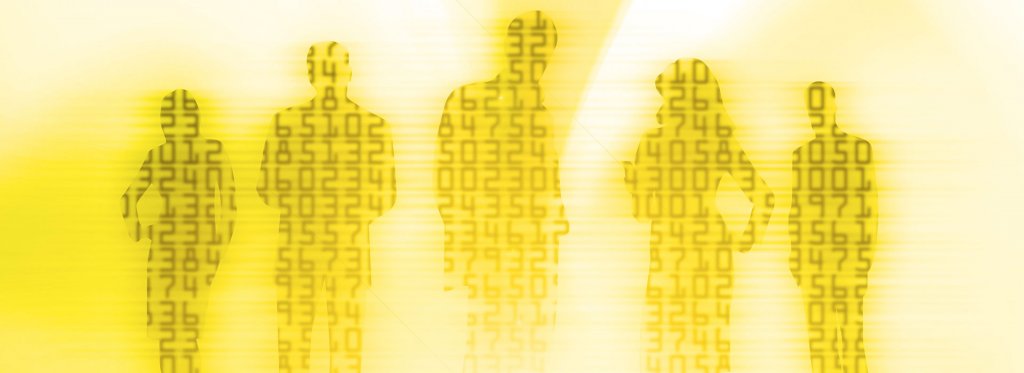Artificial Intelligence in the Cyber Challenge
Like so many concepts in the cyber realm, Artificial Intelligence is neither new – nor uniformly defined. The idea that a machine could replace a human is known from antiquity. The creation of ‘machines that think’ was the end-goal motivating research in the 1950s...
Ransomware: Fixing the mess
Predictions for 2018 suggest: a decline in opportunistic ransomware attacks; an increase in exploit kits that deliver crypotcurrency miners; an increase in Ransomware as a Service; …
What would you pay for your data? Ransomware as driving force for hackers’ ROI
So who are the criminal networks behind ransomware? and what is their future? The practice of holding a person or company to ransom is not at all new: the ‘professionalization’ of highwaymen in Europe was a feature of business and personal risk in the 16th and 17th century. Through the 1970s and 1980s, white- collar extortion and hostage-taking were features of the business landscape in the US: the US authorities issued guidelines to corporations on how to handle such situations.
Ransom in the Digital World – the rise of ransomware
As a tactic for coercing and threatening vulnerable targets into paying up, the technique of professional ransom has a six hundred year history. The advent of cyberspace has created a new environment through which cyber criminals, whether opportunists or organised gangs, can hold the data assets of companies and private individuals for ransom, in distant states and geographies where they are unlikely to face charges anytime soon.
Analyze what information is available
Did you accept your Dark Net friendship invite?
The ‘Deep Web’ is a term used to describe digital objects and data that are not accessible over the internet via search engines. It comprises protected and proprietary data (such as bank accounts, email and research data) as well as intranets. About 96% of all online data is in the Deep Web (DW), including most of the world’s Instant Messaging (IM) traffic.
The Dark Net – an unknown terrain
While the total traffic flow is unknown (users are, by definition, anonymous), estimates are indicative: The Tor project claims its traffic accounts for a very small (an estimated half a percent) …









